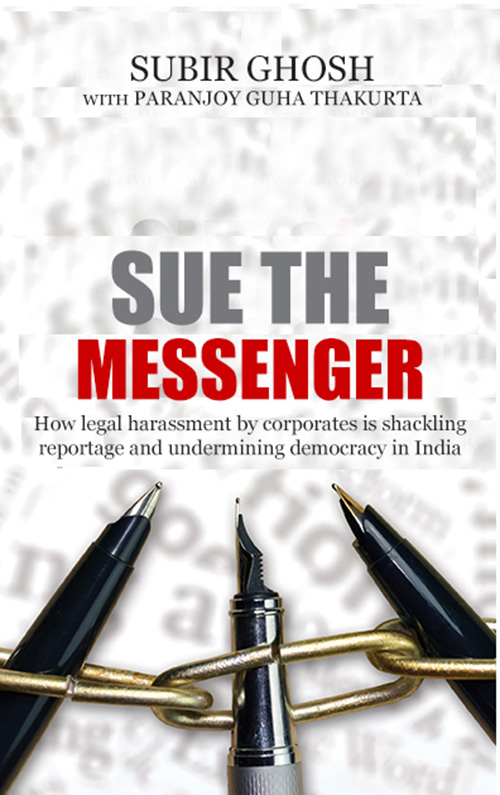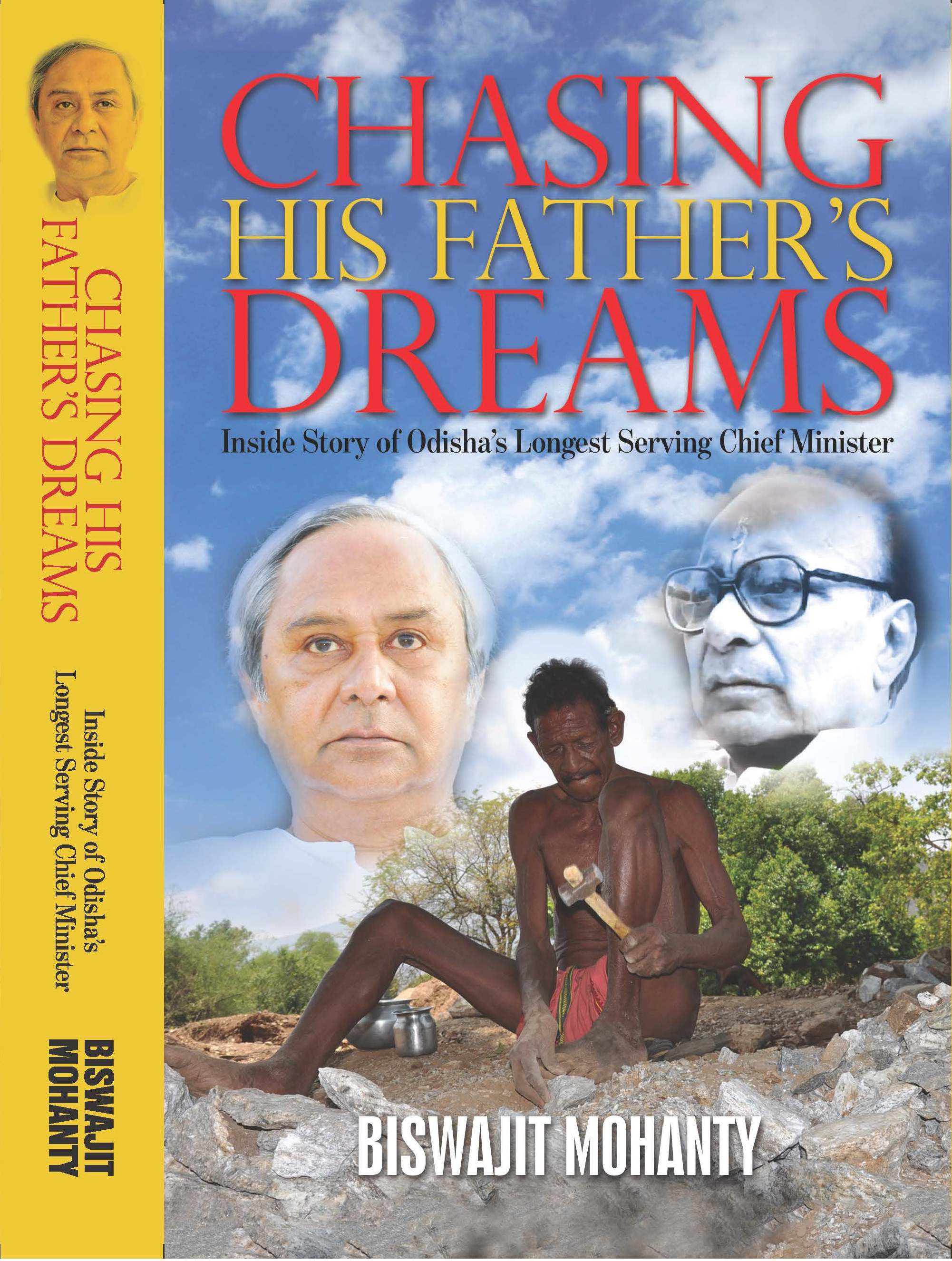Lalu Prasad Yadav is back, and how. His party, the Rashtriya Janata Dal gained the most in the just-concluded assembly elections in Bihar. There's no gainsaying that without the presence of the RJD, the grand alliance or mahagathbandhan led by chief minister Nitish Kumar and his Janata Dal (United) would never have been able to decisively defeat the Bharatiya Janata Party-led National Democratic Alliance. What is perceived as a personal victory for Lalu after his conviction and imprisonment in the fodder scam in October 2013 has to be situated in a broader political context and the possibilities of anti-BJP political forces converging into tactical alliances in the future.
What has changed about the man who has been derided as epitomizing much that is wrong with politics in India: corruption, the influence of caste (call it identity politics, if you like) and dynasty? Lalu has indeed changed with circumstances. And so has Indian politics. This attempt to understand him is, therefore, an attempt to analyse the current state of the country's polity and look ahead at possible near-term political trajectories and likely alignments -- as Lalu takes his laltan or lantern (the RJD's election symbol) to Varanasi, the constituency of Prime Minister Narendra Modi.
Not very long ago, a large section of the upper and middle classes described Lalu as unsophisticated and boorish and this perception was reflected in the media, especially the English media which caters largely to the urban elite. He soon realised that this portrayal made it that much easier for him to project himself as a man of the masses. Unlike some who might prefer to play down their humble beginnings, Lalu (like Modi) went out of his way to keep reinforcing the fact that he is from a family of cowherds and had lived for many years in the quarters given to his brother as a government peon.
While other politicians from northern India spend Holi paying visits to seniors or receiving guests at home and exchanging sweets, Lalu is to be found drenched in coloured water and playing the dholak with gay abandon. It was not uncommon to see Lalu on television talking to journalists wearing a sleeveless vest (ganji) and dhoti. Most other politicians (including Modi) would dread the thought of appearing in public dressed so informally, but for Lalu it was just one more opportunity to tell his supporters that he was one of them.
Despite his carefully cultivated image of being a rustic buffoon, Lalu has certainly been one of the most media-savvy politicians in India. He has rarely ducked questions or refused a request from a journalist for an interview, no matter how big or small the publication or organisation the journalist represents. His clever one-liners not merely spawned a series of jokes but have also been the delight of television journalists looking for a sound byte and a godsend for headline writers. On the day the RJD was formed in July 1997, Lalu had appeared on a TV news programme where the anchor patronisingly remarked that his party could at best hope to be described as a regional party. Pat came the reply without batting an eyelid: ‘Regional party? RJD is the original party’. Of course, this was not a just a play on words. In his characteristic style, Lalu had used humour to drive home the message that his party would be the one to matter in Bihar, not the parent Janata Dal.
Humour has been an important weapon in Lalu’s armoury. He has used it to disarm aggressive critics—whether inside a TV studio or on the floor of the Bihar assembly or in Parliament. He has also used it to great effect in attacking his opponents. While most other ‘secular’ leaders prefer to angrily rave and rant at the Sangh Parivar’s activities, Lalu more often than not resorts to ridiculing them. At a public rally he had made fun of Murli Manohar Joshi—who was then the BJP President—for getting knocked down by police personnel using water cannons during a demonstration near Parliament during the tenure of the P V Narasimha Rao government. He referred to Joshi ‘keeling over like a sick pup’ under the impact of a ‘shower’ and wondered aloud how such a leadership could claim to provide an alternative to the Congress.
Most other politicians would have considered his choice of words ‘unparliamentary’ if not downright vulgar, but the guffaws that followed from the thousands assembled near the Red Fort left little room for doubt that his gag had gone down well with the crowd. His penchant for referring to the Chief Secretary of Bihar as bade babu—a term more commonly used to describe a head clerk—was another instance of his deliberate use of ridicule. It certainly wasn’t considered offensive or rude behaviour by millions of people who did not think too highly of a bureaucracy that they perceived as an institution that only harassed them. At the same time, it also served to tell the Chief Secretary—and hence the rest of the bureaucracy—who the real boss was.
More recently, Lalu's parody of Modi promising the inflow of large amounts of money from New Delhi for the economic development of Bihar went viral on the social media.
Lalu knows, perhaps better than most Indian politicians, the public relations value of being able to laugh at oneself. Thus, when asked about the incongruity of his government preaching the virtues of small families when he himself is a father of nine children—two sons and seven daughters—Lalu just chuckled. Similarly, when he used to be asked whether Rabri Devi is merely a de-jure Chief Minister and he is the man who really calls the shots, Lalu grins and says that Rabri is a good Indian wife and like all good Indian wives takes her husband’s word as her command. The candour is disarming, as Lalu knows only too well. His whacky sense of humour is also evident from the fact that he named one of his daughters Misa—the acronym for Maintenance of Internal Security Act (MISA) that was misused by Indira Gandhi during the 1975-77 Emergency—because she was born while he was imprisoned under that Act. Another of Lalu’s daughters is named Jalebi, a popular sweet.
It would be foolish, however, to view Lalu as merely a person with a sense of humour and as a good communicator. As he has revealed on more occasions than one, he is no simpleton when it comes to high-stake political battles. The ease with which he was able to engineer defections from other parties—those friendly to him as well as those hostile to him—and keep Rabri Devi’s governments afloat even when they were in a minority in the assembly is testimony to his consummate skills in the murky numbers game that dominates many of India’s legislatures. An equally telling indicator of his political acumen was the manner in which he transformed Jagannath Mishra, a former Congress Chief Minister of Bihar, from one of the biggest leaders in the state to someone who was seen as Lalu’s lackey even by his own party colleagues. Mishra was one of Lalu's co-accused in the fodder scam.
Lalu has also shown a better appreciation of the compulsions of coalition politics than many other Indian politicians, especially the dictum that there are no permanent friends or enemies in politics. When the RJD was formed in 1997, he was ostracised by many of his own former colleagues in the original Janata Dal, as well as erstwhile allies in the United Front. In such a situation, many politicians would have become bitter and borne a grudge, but not Lalu, who has displayed a spirit of magnanimity.
In this respect, he presents a sharp contrast to another Yadav leader, Mulayam Singh Yadav, who has never forgotten his brushes with his political rivals or opponents, be these in the Congress party (Sonia Gandhi’s alleged disrespect towards Amar Singh before she staked her claim to form the Union government in April 1999), or the Bahujan Samaj Party (the Lucknow guest house incident involving the attack on Mayawati by goons allegedly owing allegiance to the Samajwadi Party).
The big question: if Lalu can patch up with Nitish Kumar who was closely associated with the BJP for 17 long years, can he use his persuasive powers to bring arch political rivals Mulayam and Mayawati together in the run-up to the assembly in Uttar Pradesh in April 2017? If that does not happen, as is most likely, how can an anti-BJP coalition be formed in India's most populous province?
Lalu suffers from a weakness common to many Indian politicians. He has been unable to resist the temptation of flaunting his riches and his power. Thus, his daughter Misa’s wedding was celebrated with much pomp and splendour that stood out starkly in an economically backward state. It was reported that his cohorts coerced car dealers to part with their brand-new vehicles for a short period to ensure that the wedding guests could travel in style. He took his time vacating his spacious house in Lutyen's Bungalow Zone in New Delhi
Lalu has also been quite brazen about the manner in which he has patronised criminals and goons. M. Sahabuddin, the jailed RJD MP from Siwan in northern Bihar was notorious in the area as a ‘don’ who has been accused of engineering the murder of several people including Chandrashekhar, a former head of a students’ union at Jawaharlal Nehru University in New Delhi, for daring to organise political opposition to him as part of a Leftist group. Lalu’s own brothers-in-law, Sadhu Yadav and Subhash Yadav, were a law unto themselves in the state and, as in the case of Sahabuddin, the local administration and the police during Lalu's tenure or that of wife have never took any action against their strong-arm tactics. To be fair to Lalu, however, it is not as if he is the only politician in Bihar—or indeed in India—to patronise criminals and musclemen. Yet, Lalu and subsequently Rabri Devi have been unable to prevent Bihar from being seen as the most lawless of India’s states.
The Samata Party first referred to the RJD’s reign as ‘jungle raj’, an accusation that has subsequently been echoed by many others, including the BJP, the Congress and the CPI, not to mention the media. Lalu once attempted to laugh this away by quoting from a hit Hindi film song of the 1970s—chahe koi mujhe junglee kahe, kahne do ji kahta rahe, hum pyaar ke toofanon mein ghire hain, hum pyaar karen (loosely translated, ‘I don’t care if anybody calls me a savage, I’m caught up in a whirlwind of love, I just continue to love’).
However, when India Today magazine organised a conclave in New Delhi and disclosed the results of a survey that ranked Bihar at the bottom of the list of all Indian states in terms of various socio-economic criteria, Lalu got Rabri Devi to walk out of the conclave in protest. Lalu himself stayed on, since he was one of the speakers. In his speech, he argued that Bihar’s economic backwardness was due to the discriminatory attitude that New Delhi had adopted towards Bihar since it was ruled by a party hostile to the BJP. Lalu hasn’t always bothered to seriously respond to the charge that economic development has been a casualty under the RJD. For instance, there is this story—once again perhaps apocryphal—about a villager complaining to Lalu that the road passing through the village had been potholed for years without anybody bothering to repair it. Lalu is said to have replied that smooth roads would only help those with fancy cars and would actually be a threat to the children and cattle in the village, who might be run over by speeding vehicles.


